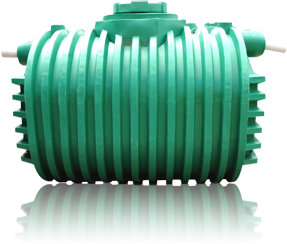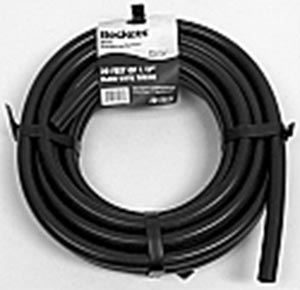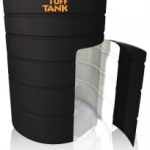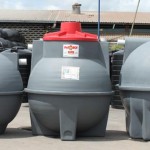Where sewage systems are unavailable, Rhino Septic Tanks will efficiently take care of sewage. They are ideal for both residential and commercial application. Resistant to most chemicals and compound, Rhino Septic Tanks are completely unaffected by any soil or sewage based substances. They are designed to withstand earth pressures that would normally crack traditional tanks. All Rhino Septic Tanks are manufactured from Prime Grade Linear Polyethylene. Due to its strength it prevents untreated waste from entering the environment.
Features:
- Guaranteed to last a lifetime. When properly installed, Rhino Septic Tanks will outlast traditional concrete tanks.
- Heavily ribbed for added rigidity and strength. When properly installed, Rhino Septic Tanks will outlast traditional concrete tanks and are guaranteed to last a lifetime.
- Lightweight and compact. No heavy lifting equipment is required for installation.
- Environmentally friendly. Due to its strength, Rhino Septic Tanks prevent untreated waste from entering the environment.
- 750 gallon septic tank WASA approved.
Available:
- 1500 US Gallon / 5700 L – Double Compartment with Filter (23)
- 750 US Gallon / 2840 L – Double Compartment with Filter (10)
- 600 US Gallon / 2271 L – Double Compartment with Filter (7)
Links:
Brochures:
- Rhino Septic Tanks 750-&-1500-Install-Inst.pdf
- Rhino-Septic-ALL TANKS – printable-Flyer.pdf
- Septic-Tank-Owners-Manual.pdf
FA Questions:
Question:
When should a septic tank be pumped?
Answer:
Generally, septic tanks should be pumped every 4 years based on maximum occupancy. However, depending on the water usage and the amount of waste entering the system, this may vary.
Choosing a larger tank than is necessary can also decrease the frequency of pump outs. Inspection of the tank should take place every 12 -18 months to determine the depth of both the scum and sludge (should not exceed 0.5 meters).







